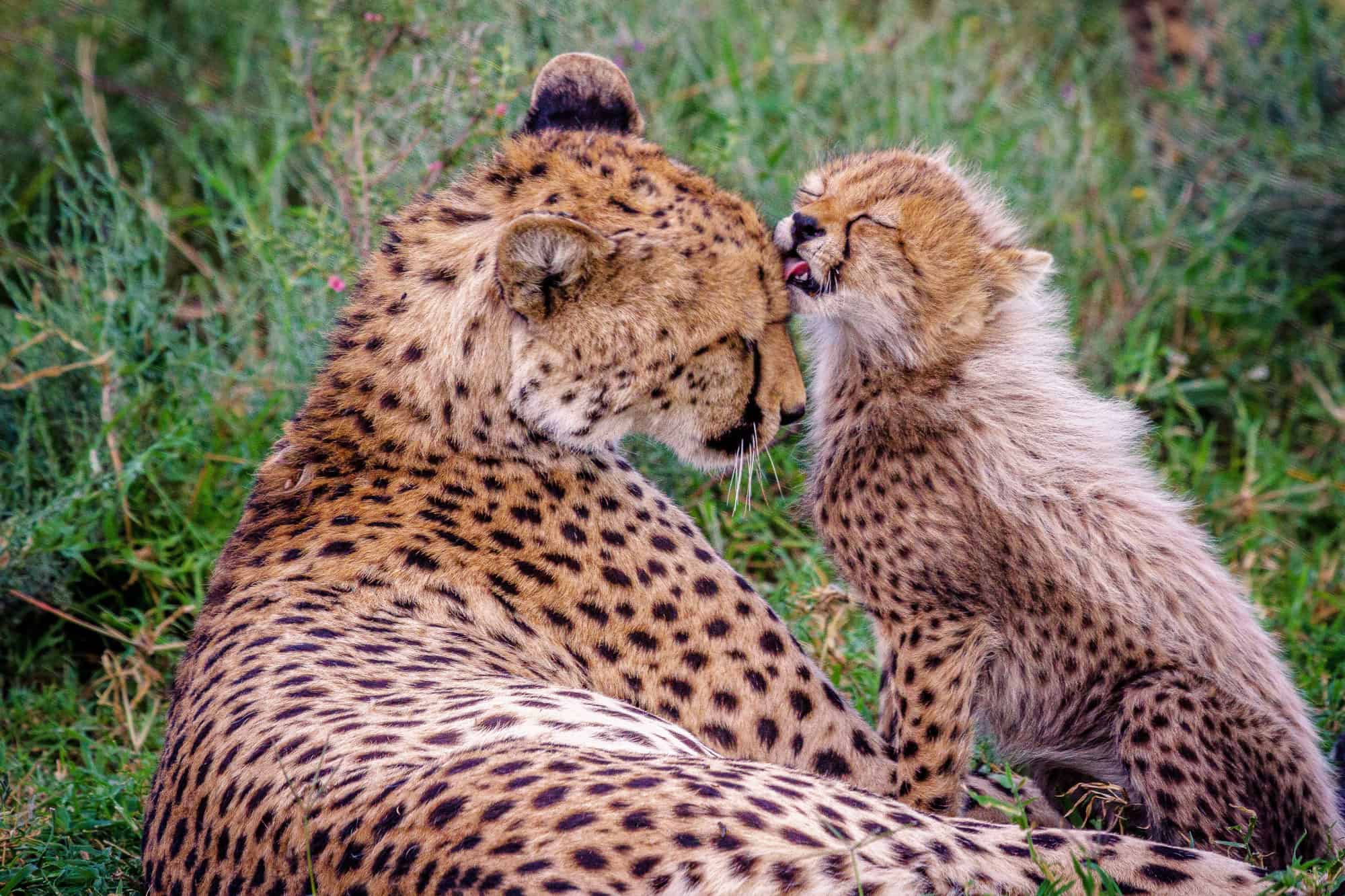This article highlights 10 endangered species that are at risk of extinction due to habitat destruction, poaching, and other factors. These species are crucial to their respective ecosystems, and their extinction could disrupt the balance of nature. The article discusses the polar bear, black rhino, vaquita, mountain gorilla, leatherback sea turtle, blue whale, Asian elephant, pangolin, snow leopard, and orangutan. The article encourages readers to take action to conserve and protect these endangered species by donating to conservation organizations, reducing their carbon footprint, and spreading awareness about the importance of protecting wildlife.
10 Endangered Species You Need to Know About
Endangered species are those that are at risk of becoming extinct due to various factors, such as habitat destruction, poaching, global warming, and more. These species play a crucial role in the ecosystem and their extinction can disrupt the balance of nature. Here are 10 endangered species that you need to know about.
1. Polar Bear
The polar bear is one of the most recognizable endangered species in the world. Climate change has caused the Arctic sea ice to shrink, which is the main habitat for polar bears. As a result, their population has decreased significantly, with only around 25,000 polar bears left in the wild.
2. Black Rhino
The black rhino is one of the most endangered mammals in Africa. Poaching and habitat loss have caused a sharp decline in their population, with only around 5,000 black rhinos left in the wild.
3. Vaquita
The vaquita is a small porpoise that is only found in the Gulf of California. The main threat to their survival is accidental entanglement in fishing nets. Their population has declined significantly, with fewer than 10 vaquitas left in the wild.
4. Mountain Gorilla
The mountain gorilla is a critically endangered species that is only found in the Virunga Mountains of East Africa. Poaching, habitat loss, and disease have caused a significant decline in their population, with only around 1,000 individuals left in the wild.
5. Leatherback Sea Turtle
The leatherback sea turtle is the largest turtle in the world and is found in oceans all over the globe. However, their population has decreased significantly due to habitat loss, poaching, and pollution. Only around 34,000 female leatherback sea turtles remain.
6. Blue Whale
The blue whale is the largest mammal in the world and is found in oceans all over the globe. They were once hunted to near extinction, and their population has yet to fully recover. Only around 10,000 blue whales remain today.
7. Asian Elephant
The Asian elephant is a threatened species that is only found in parts of Asia. Habitat loss, poaching, and human-elephant conflict are the main threats to their survival. Only around 40,000-50,000 Asian elephants remain in the wild.
8. Pangolin
The pangolin is the most trafficked mammal in the world, with their populations rapidly declining due to poaching for their scales and meat. There are eight different species of pangolins, and all of them are at risk of extinction.
9. Snow Leopard
The snow leopard is a large cat that is only found in the mountains of Central Asia. Habitat loss, poaching, and human-wildlife conflict are the main threats to their survival. Only around 4,000-6,500 snow leopards remain in the wild.
10. Orangutan
The orangutan is an ape that is only found in the rainforests of Borneo and Sumatra. Habitat loss due to deforestation for palm oil plantations is the main threat to their survival. Only around 104,000 orangutans remain in the wild.
Conclusion
These 10 endangered species are just a small portion of the many animals that are at risk of extinction. It’s important to take action to conserve and protect these species before it’s too late. You can support conservation efforts by donating to organizations that work to protect these animals, reducing your carbon footprint, and spreading awareness about the importance of protecting endangered species.
